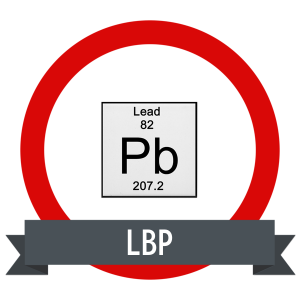New Dust-Lead Hazard Standards in Our Future?
Read about the recent proposal from EPA to strengthen the dust-lead hazard standards. Good news for health safety, specifically in children.
EPA Proposes Strengthening the Dust-Lead Hazard Standards to Reduce Exposures to Children
WASHINGTON – Today, the U.S. Environmental Protection Agency (EPA) released a proposal to lower the dust-lead hazard standards for public comment. The new proposed standards for lead in dust for floors and window sills will be an important step to reduce lead exposure.
“Reducing childhood lead exposure is a top priority for EPA,” said EPA Administrator Scott Pruitt. “Lead-contaminated dust from chipped and peeling lead-based paint is one of the most common causes of elevated blood lead levels in children. Strengthening the standards for lead in dust is an important component of EPA’s strategy to curtail childhood lead exposure.”
In today’s action, the Agency is proposing to change the dust-lead hazard standards from 40 µg/ft2 and 250 µg/ft2 to 10 µg/ft2 and 100 µg/ft2 on floors and window sills, respectively. These standards apply to most pre-1978 housing and child-occupied facilities, such as day care centers and kindergarten facilities. In addition, EPA is proposing to make no change to the definition of lead-based paint because the Agency currently lacks sufficient information to support such a change.
Upon publication of the Federal Register notice, EPA will accept comments on the proposed rule for 45 days in docket EPA-HQ-OPPT-2018-0166.
Title IV of the Toxic Substances Control Act (TSCA) requires EPA to establish hazard standards for lead-contaminated dust. Lead dust can be a major source of lead exposure in children. Lead dust can be generated when lead-based paint deteriorates or is disturbed (e.g., during renovation or repainting work).
To learn more about the Toxic Substances Control Act (TSCA) and Lead-Based Paint, visit our catalog page below:

